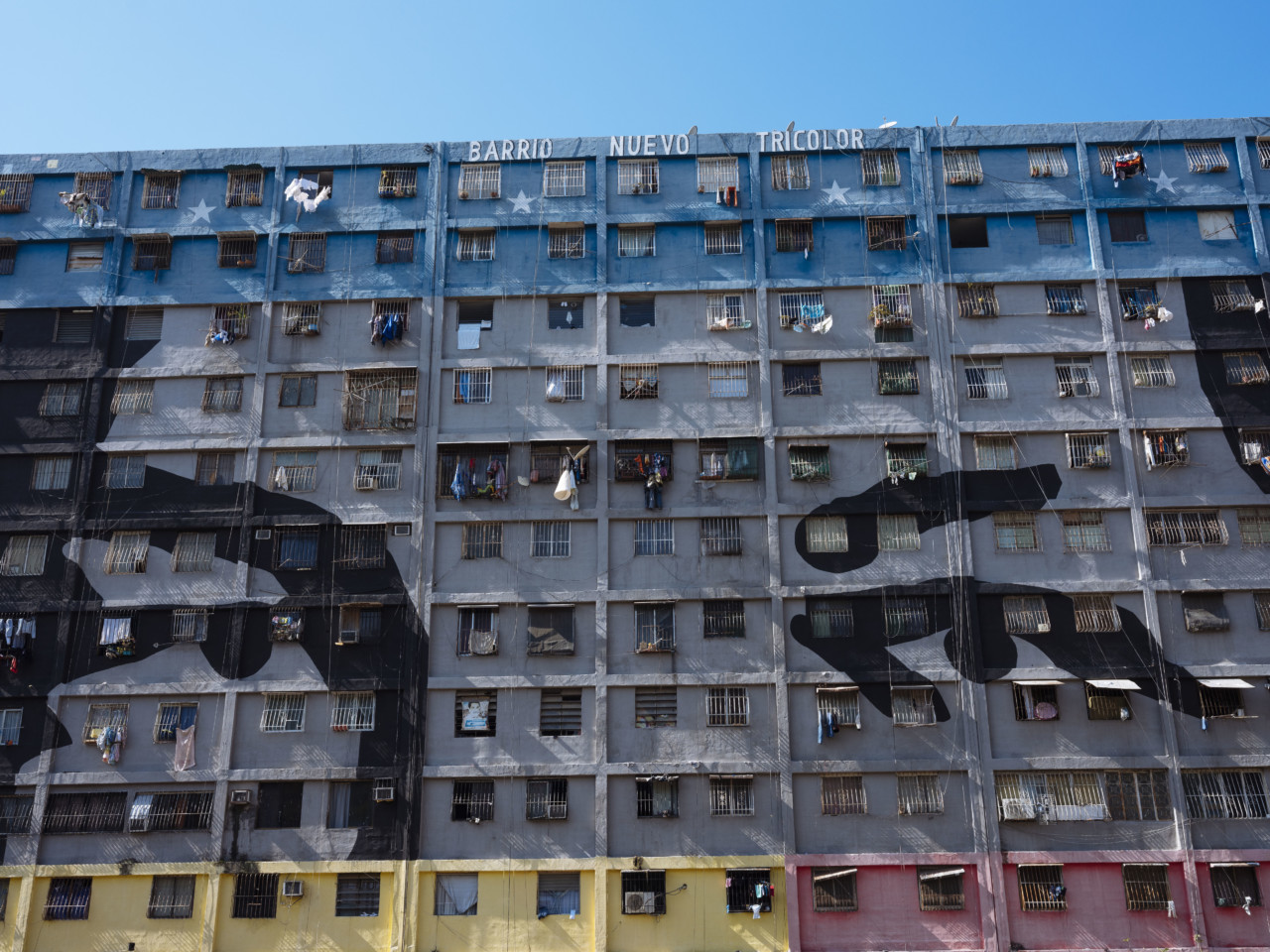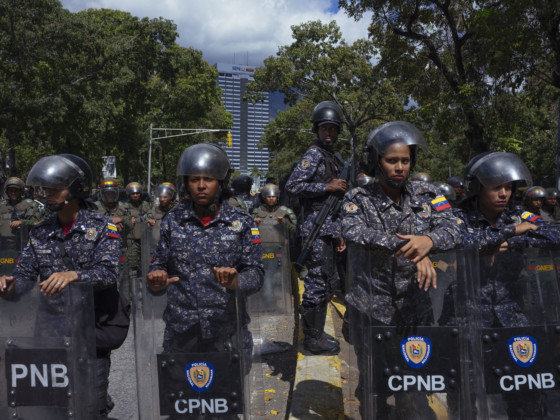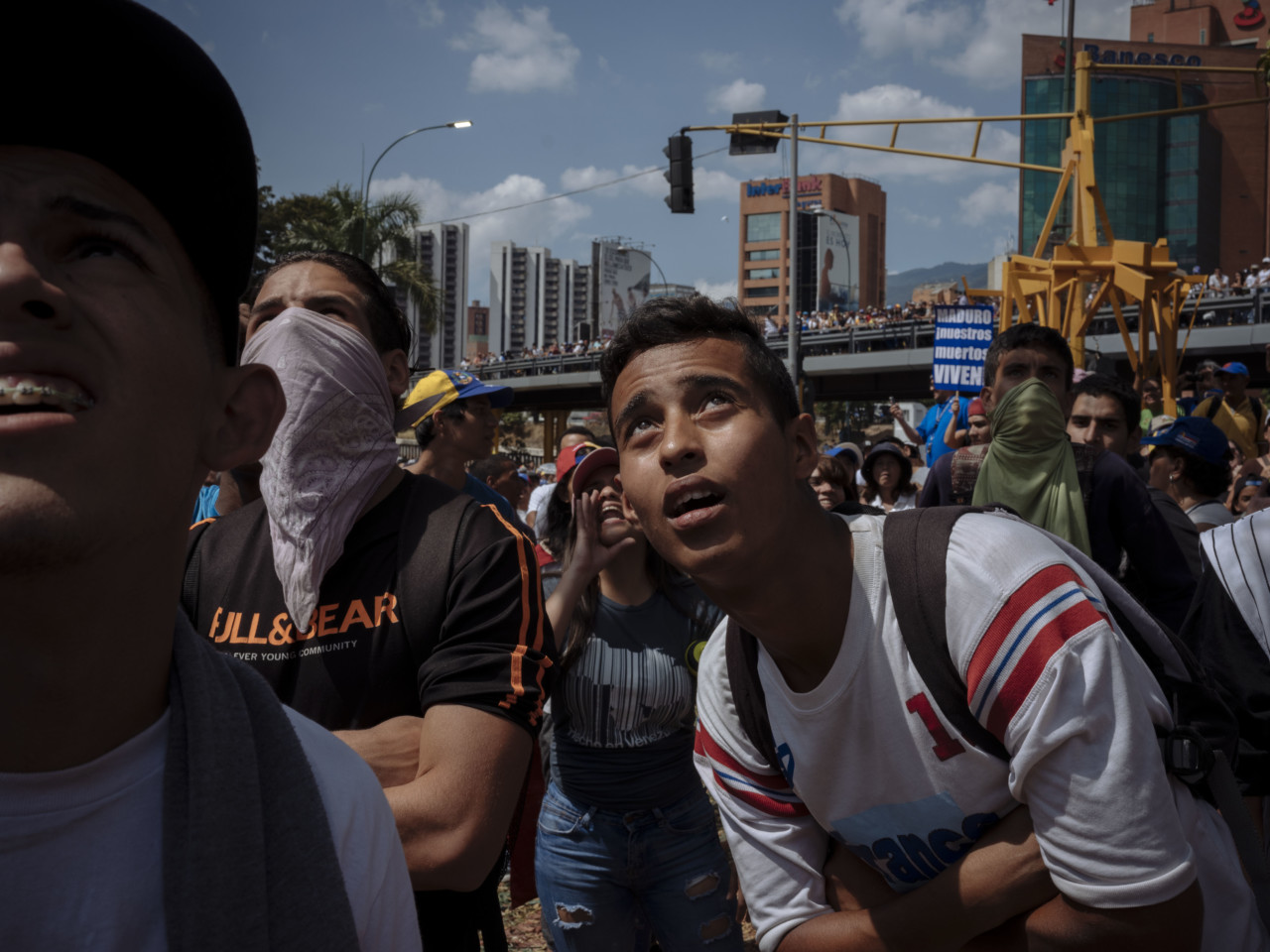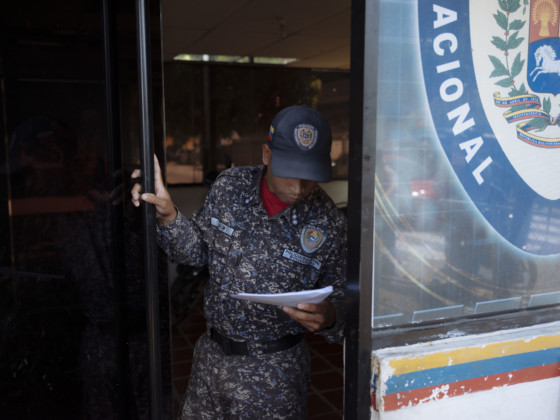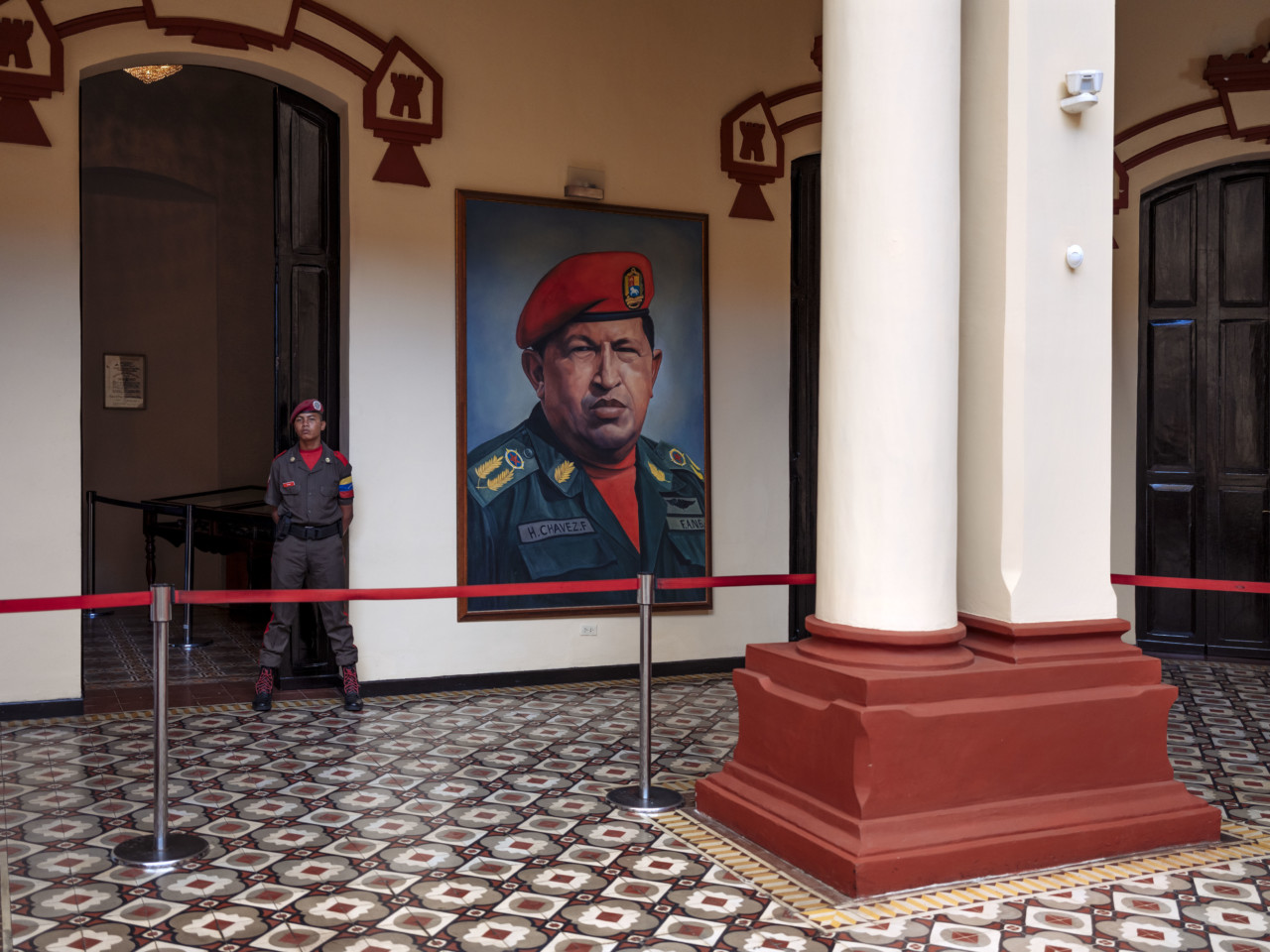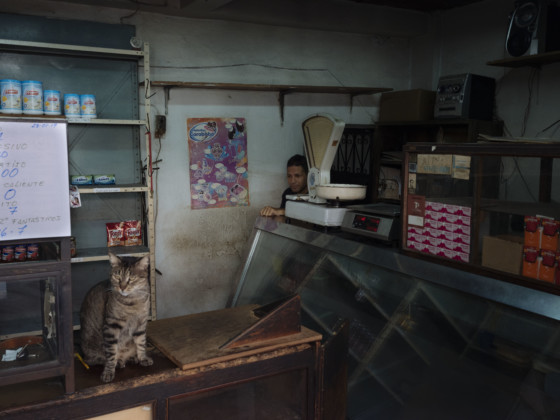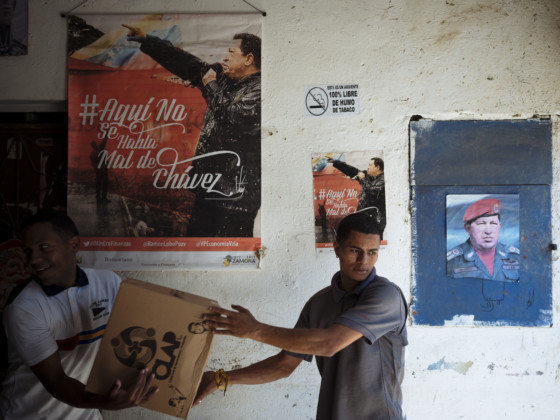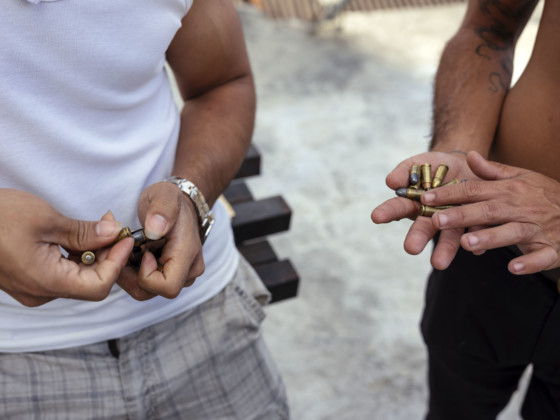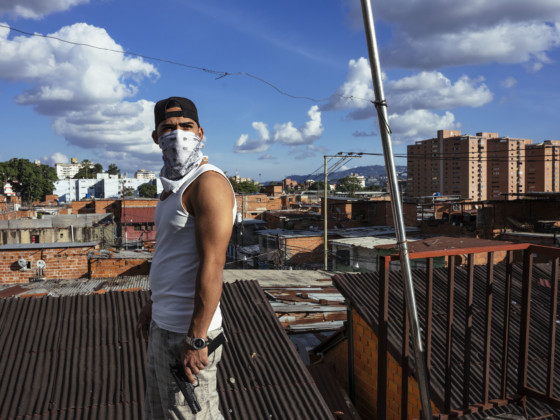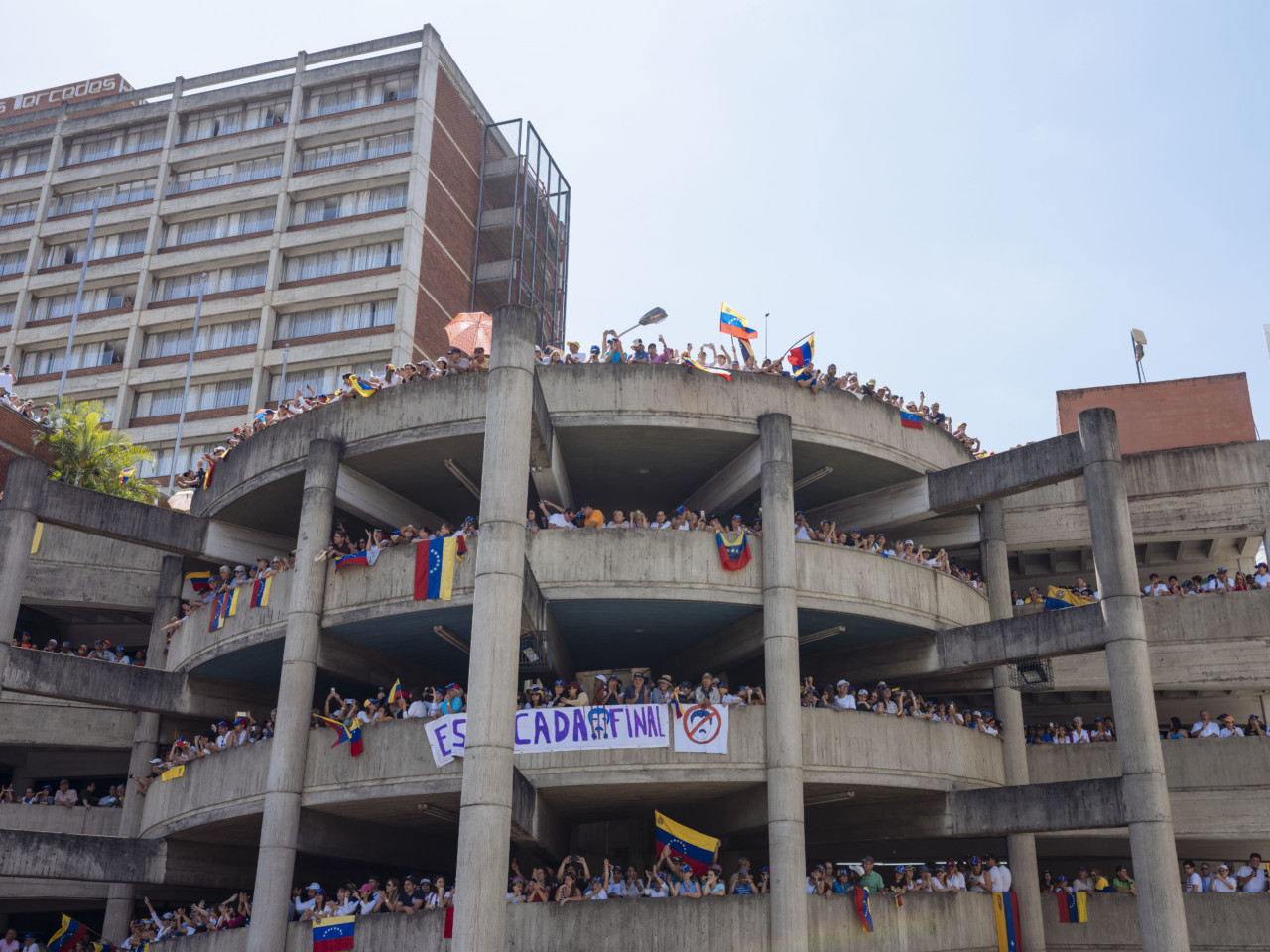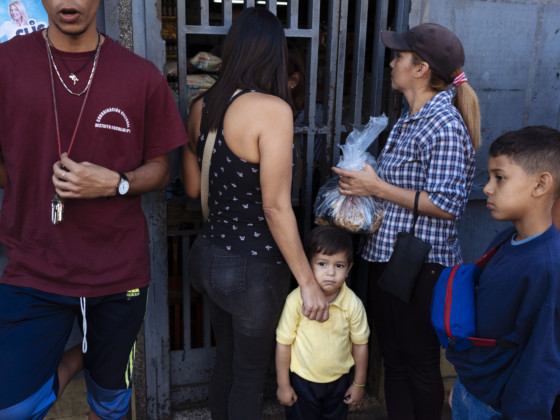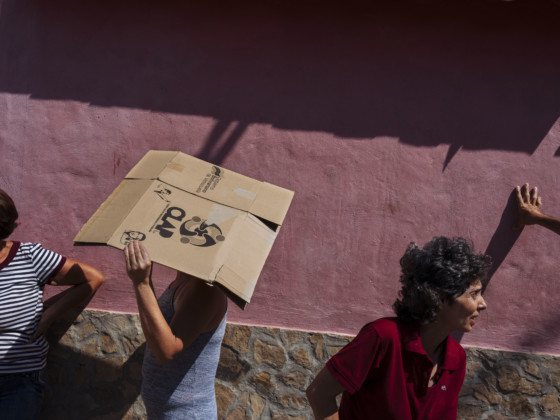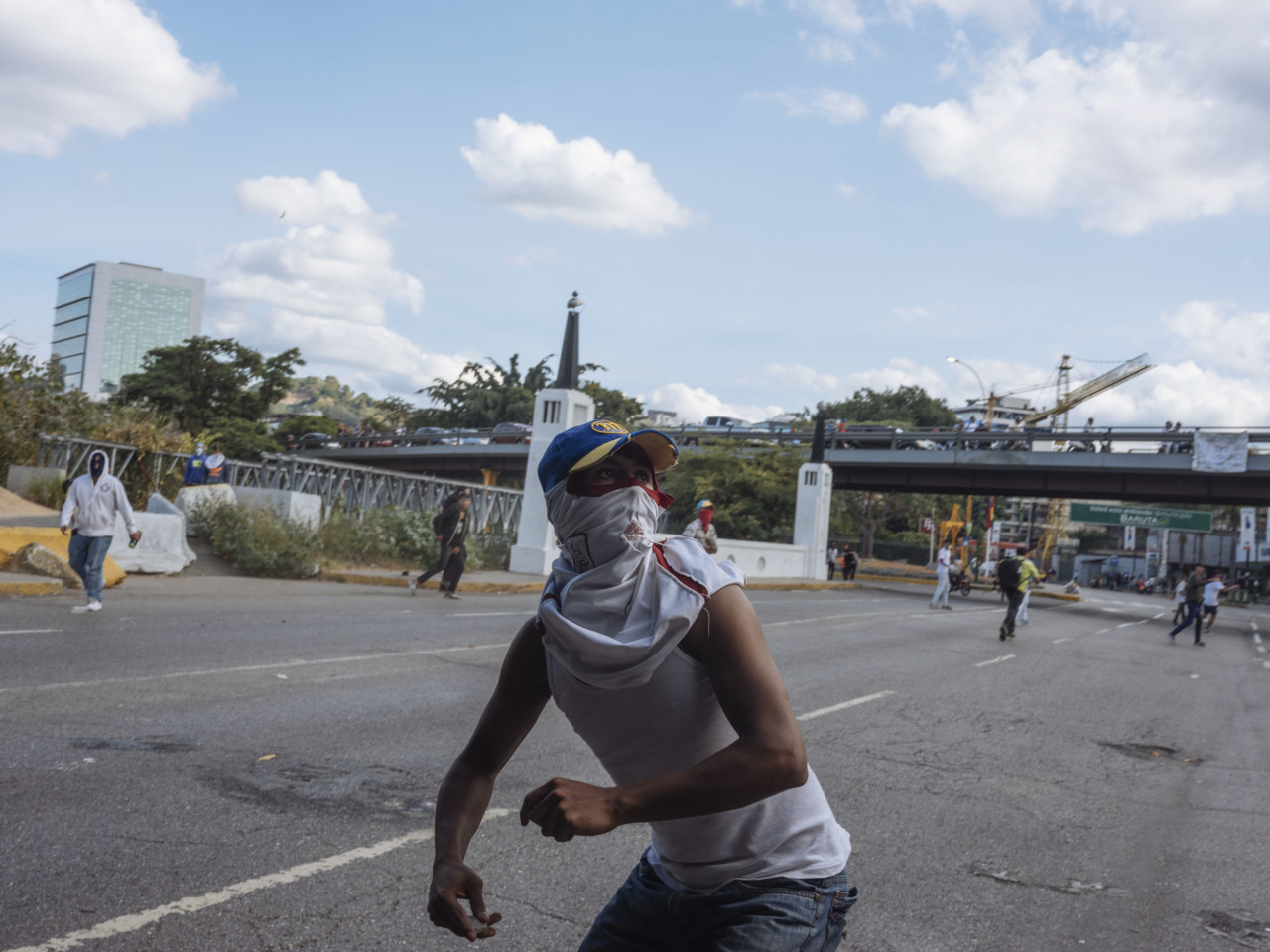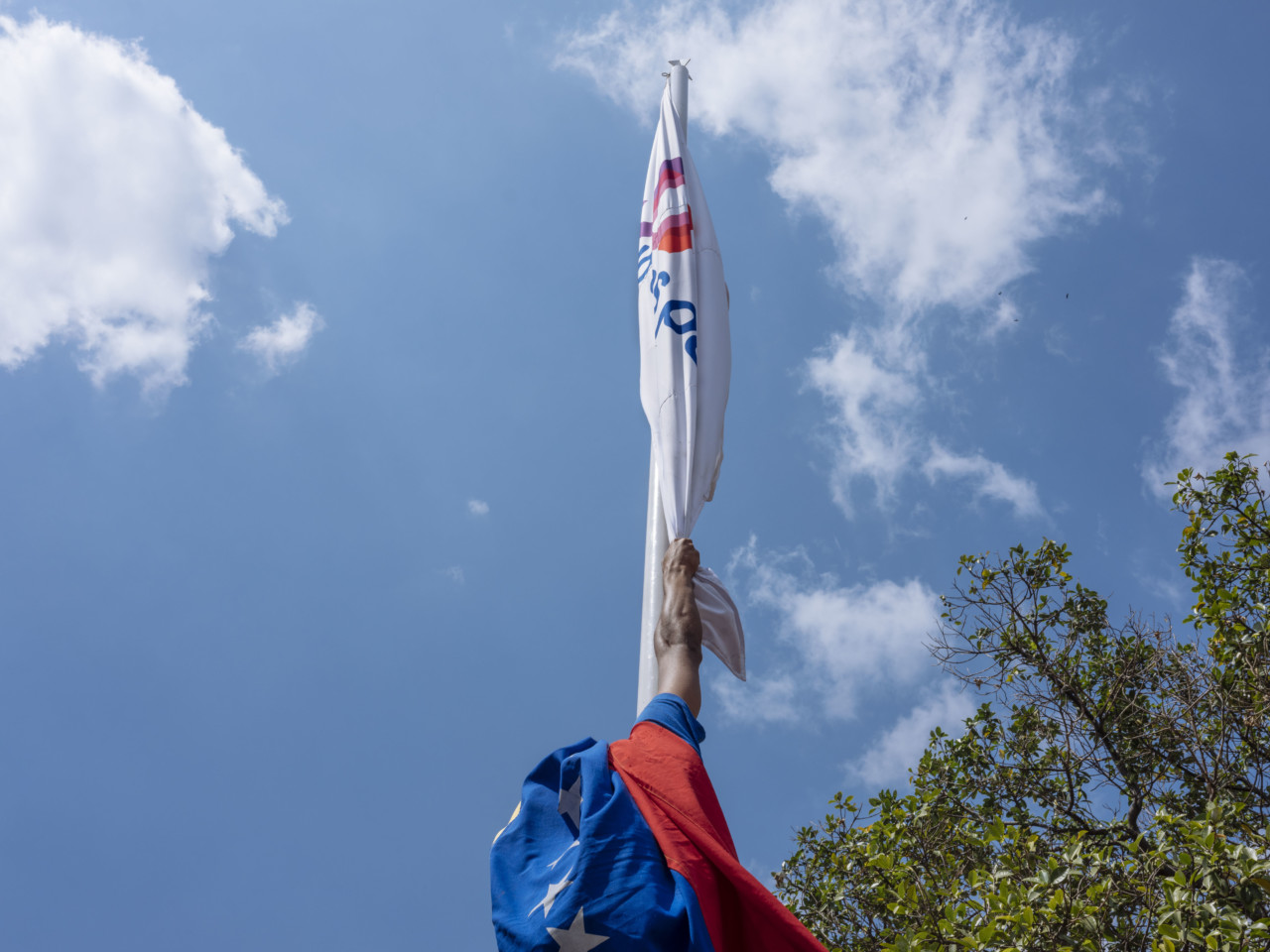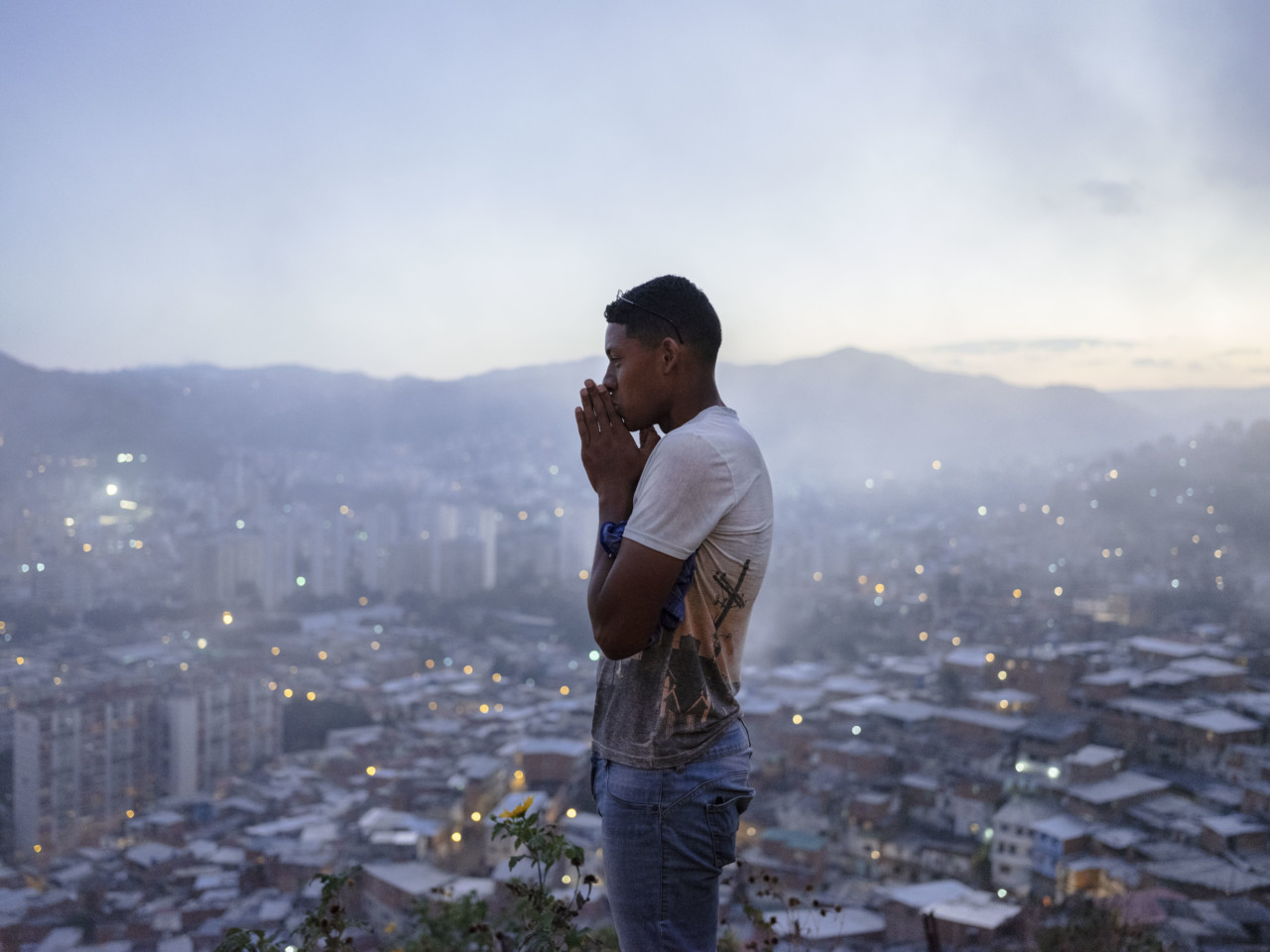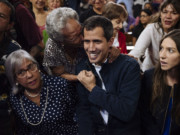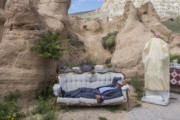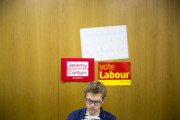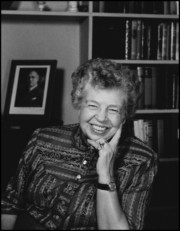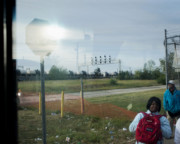Photographing Only the Masses is Not Enough: A Portrait of Unrest in Venezuela
Magnum photographer Emin Özmen has documented the growing protests and disorder in the Venezuelan capital, as well as social factors driving the nation’s crisis
Venezuela’s incumbent leader, Nicolás Maduro’s six years in power continue to teeter on the brink as he faces growing opposition and international scrutiny. Since the opposition leader, Juan Guaidó, a member of the Popular Will party, laid claim to the nation’s leadership earlier this year, Venezuela has been racked by ongoing protest and civil unrest, captured by Magnum photographer Emin Özmen.
Maduro’s predecessor – Hugo Chavez – was elected to power in 1998, promoting social revolution and promising the reestablishment of the nation’s economic independence. In spite of Venezuela at the time being the richest nation in Latin America, largely due to its major oil reserves, it also suffered from a massive disparity in wealth. Chavez, who rose to leadership from a background of poverty, endeared himself to the country’s poor by criticising the moneyed classes, the United States and its aspirations in Latin America, and nationalising some of the nation’s assets.
While Chavez was the popular face of anti-US Latin American socialist nationalism, he also changed Venezuelan laws to facilitate his ongoing rule and purged political opponents. Under the latter years of his rule Venezuela experienced an exodus of skilled workers and the middle classes unsettled by soaring crime rates and stagnating investment in a country increasingly seen as a high-risk for investment. Chavez remained in power until his death, in 2013, when Maduro – his named successor – took power.
Maduro’s time in power has seen Venezuela weathering ongoing crises in its economy, and in humanitarian terms, with a widespread scarcity of food leaving many living in hunger. This has led to millions of Venezuelans fleeing the country. Maduro has been attacked for his authoritarian tendencies, and for presiding over his country’s economic implosion, yet still commands a large base of support.
As dissent around his rule has grown, and the humanitarian crisis has deepened, it was Maduro’s re-election in 2018, that proved too much for his opposition. With the election’s results called into question by many, public protests, marches and rallies grew in number. At one, on January 23, 2019, the now-opposition leader Juan Guaidó proclaimed himself president.
While Maduro remains in power refusing to step down, the two leaders’ respective supporters continue to march and protest around the nation, and Venezuela remains in limbo.
"I think the photos are a reflection of Venezuelan society. A divided society"
- Emin Özmen
Numerous international leaders have opted to support one or other of the men, with Russia and China notably backing Maduro while a number of EU nations and the United States have endorsed Guaidó, perhaps unsurprisingly given Maduro’s continuing Chavez-esque anti-American sentiment and nationalism. This internationalisation of the situation has led to concerns that external influence may exacerbate an already tense, if not potentially explosive, situation. Most recently, on Monday February 4, Maduro made what many saw as veiled threats about imprisoning Guaidó while addressing his supporters, accompanied by a tirade directed as US President Donald Trump.
"A complex situation cannot, in my opinion, be understood if it is only considered from a general point of view. For me, history would not make sense without peoples’ stories"
- Emin Özmen
Özmen’s recent work in the country, documenting the ongoing tensions and various groups involved captures some of the dichotomy in play, “I think the photos are a reflection of Venezuelan society. A divided society,” he explains, “The situation in Caracas is surreal: there are people driving in jeeps and luxury cars in large avenues, enjoying their lunch or dinners in fancy restaurants, living an apparently comfortable life in their residences. And then there are the others, the larger part of the community. This majority is suffering the full brunt of the crisis and violence, and lives mostly in slums. Their life is all about trying to find food. They wait for long hours in queues at the supermarkets for a simple package of pasta. Empty markets, empty pharmacies, a lack of everything is their daily life. One day I saw a man who paid 10-20 dollars for his lunch. This represents the monthly salary of the waiter at this same restaurant.”
" My goal is to document and tell this complex situation as best as I can, from different sides and angles"
- Emin Özmen
The photographer touches also on the crime and danger that feeds into a sense of unrest and the pains of many of the population, “There is extreme violence that forces [people] to protect their doors and windows with locked metal grids. Even during the day they fear the drug dealers, gangs or other civilian armed groups who control their district.”
Özmen has, many times in his career documented social unrest, conflict, and political turmoil – perhaps most notably in his native Turkey, where he photographed the Gezi Park protests and the ensuing government crack down. Such pivotal moments hold an enduring allure for the photographer, “History has shown us that popular revolts can weaken regimes, sometimes even overthrow them. That is why I am very attentive to demonstrations and popular uprisings, because they often represent the pulse of a country.” Özmen continues, “Venezuela is experiencing one of the most critical periods of its History. So my goal is to document and tell this complex situation as best as I can, from different sides and angles – as the rest of the world needs to understand it clearly.”
"It’s important to understand and to see their living conditions to understand why they protest. Photographing only the masses is not enough"
- Emin Özmen
This effort to delve into the mechanisms behind the protests, the varying sections of Venezuelan society, the historical resentments and injustices is of central importance in Özmen’s approach to reporting such unrest, with his portraits and street scenes from Caracas’ slums and meagrely appointed stores sitting alongside images of Chavez’s mausoleum and massed protests. “A complex situation cannot, in my opinion, be understood if it is only considered from a general point of view. For me, history would not make sense without peoples’ stories. It’s important to understand and to see their living conditions to understand why they protest. Photographing only the masses is not enough.”




